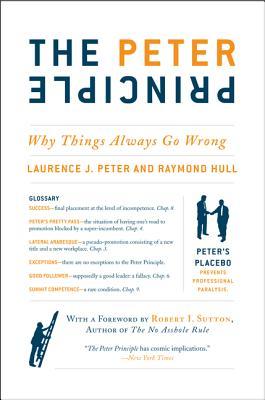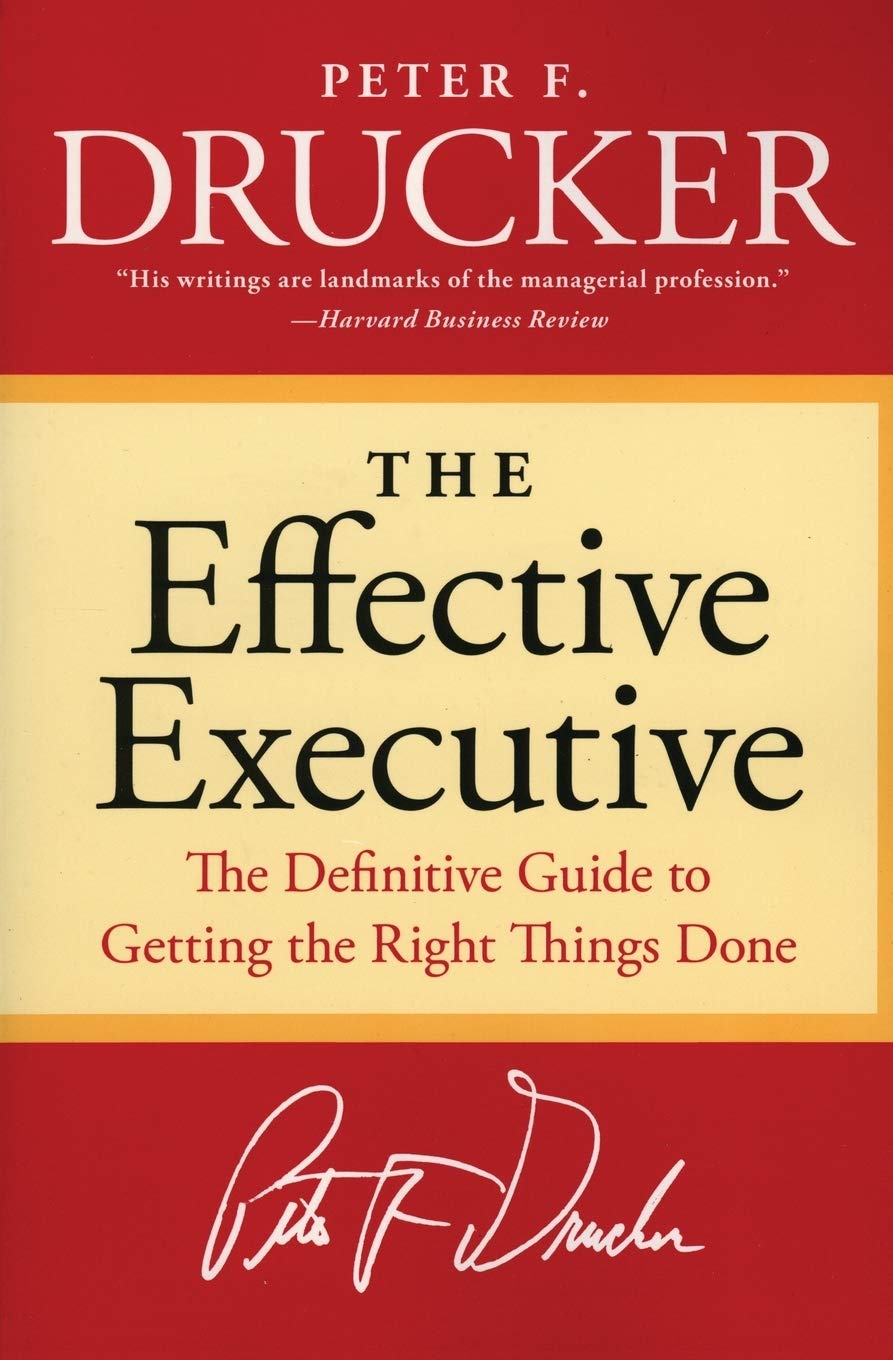The 5 Levels of Leadership
by John C. Maxwell
- Career
- Ashto =
- Jonesy =

Utilising the 5 Levels of Leadership to Maximise Your Potential
In The 5 Levels of Leadership, John C. Maxwell identifies 5 levels of leadership.
As you progress in your leadership abilities, you move up to a higher level. But instead of trading one level for another, you need to build upon it. Don’t just leave the lessons from your previous experiences behind.
Leadership is dynamic and it constantly changes. So you are never on the same level with each person in your organisation. It takes a long time to climb the levels of leadership, and without mindfulness, the collapse can happen quickly.
This book is a guide to help you make the most of your professional experience—regardless of where you are right now.
L1: Position
Traditionally, the position is the starting place for every level of leadership. The position is a good starting place and real influence must be developed upon that foundation.
The Upside
Most of the time, when people enter a leadership position, they do so because it was granted or appointed by another person in authority. It usually means that the person in authority believes that the new leader has some degree of potential for leading.
A leadership position is an invitation to grow as a leader. And the only way to improve an organisation is to improve the leaders. The leaders who do the greatest harm to an organisation are the ones who think they have arrived—because they stop growing, innovating, and improving. To be effective you must see your appointment as an opportunity to upgrade your skills and knowledge.
The downside
Once you have the position or title, people will identify you with it. However, the position and titles are often misleading. A position always promises more than it can deliver. Leadership is a verb. It is an action, not a mere position.
L2: Permission
Making the shift from position to permission brings a person’s first step into leadership. Leadership is influence. But leaders who rely on their positions to move people rarely develop influence with them. When people feel liked, cared for, included, valued, and trusted, they begin to work together with their leader and with each other. Such a situation can change the entire working environment. The old saying is really true: ‘people go along with leaders they get along with.’
Moving to Level 2 is where permission happens. People change from being subordinates to followers for the first time. And that means there is movement. Leadership always means that people are going somewhere—they aren’t static!
The Upside
1. Leadership permission makes work more enjoyable
Positional leaders often focus their efforts on serving themselves. On Level 2, it goes from ‘me’ to ‘us’. The chemistry starts to develop within the team. The followers no longer possess the ‘have to’ mindset; instead, it turns into ‘want to’. Eventually, the workplace becomes more enjoyable for everyone.
2. Leadership permission focuses on the value of each person
All great leaders value people, and they lift the value bar in their organisations. One of the greatest leaders of all time is Nelson Mandela. He continually modelled a leadership that placed a high value on every person. His strength and humility are legendary, and he was aware of how important his attitude was to build good leadership. He said: ‘You see when there is danger, a good leader takes the front line. But when there is a celebration, a good leader stays in the back room. If you want the cooperation of human beings around you, make them feel that they are important. And you do that by being humble.’
3. Leadership permission nurtures trust
Trust is the foundation of permission. If you have integrity, you develop trust with others. The more trust you develop, the stronger the relationship becomes. The better the relationship, the greater the potential for a leader to gain permission to lead. It’s a building process that takes time, energy, and intentionality. On Level 2, top-down positional leadership is replaced with side-by-side relationships, which requires and cultivates good communication.
L3: Production
The production level is where leadership really takes off and shifts into another gear. Production qualifies and separates true leaders from people who merely occupy leadership positions. Good leaders always make things happen and they get results. They are self-motivated and productive. As a result, they create momentum and develop an environment of success, which makes the team better and stronger.
Another benefit of being in Level 3 is that it attracts other highly productive people. Producers are attractive to other producers. They respect one another, they enjoy collaborating, and they get things done together. That ultimately creates growth for the organisation.
The Upside
1. Leadership production gives credibility to the leader
The ability to produce results has always been the separation line for success. Level 3 leaders take their people where they want them to go, they don’t just send them there.
2. Leadership production brings clarity and reality to the vision
Level 3 leaders help their people to see what productivity looks like. With each day of productivity, the team gets one step closer to making the vision a reality.
3. Leadership production is the foundation of team building
Who wants to leave a champion team? No one! Winners always attract people. The key to building a winning team is recognising, selecting, and retaining the best people from the ones you attract. The good news is that once you’ve reached Level 3, you’ll know what productivity looks like because you’ve experienced it. The bad news is that having talented people on the team doesn’t guarantee success. You can still lose with good players, but you can’t win without them. The difference comes from building them into a team.
L4: People Development
Good leaders on Level 4 invest their time, energy, money, and thinking into growing others as leaders. They look at every person and try to gauge their potential to grow and lead. The practice of identifying and developing people compounds the positive of an organisation. Because bringing out the best in a person is often a catalyst for bringing out the best in a team. Developing one person for leadership and success lays the foundation for developing others for success.
The Upside
1. People development sets you apart from most leaders
Most leaders are looking for ways to grow their organisations. But where do they usually focus their attention? They work on increasing their production, and that’s the wrong focus! You grow a company by growing the people in it. If you really want to expand the organisation and its potential, focus on growing its leaders.
Robert Reich says: ‘If employers fail to upgrade their workers, then they’re trying to be competitive only with their capital. Anybody can replicate physical capital. But the one resource nobody can replicate is the dedication, teamwork, the skills of a company’s employees. Develop them and you become a one-in-a-thousand leader.’
2. People development assures that growth is sustainable
Managers are able to hold everything together. But the moment they stop, everything comes crashing around. In this scenario, the manager is only wearing themselves out and limiting the potential of the organisation. Never let yourself become the lid of your organisation. Give your organisation the best chance for a brighter future by developing its leaders.
L5: The Pinnacle
Often enough, the highest leadership accomplishment is developing other leaders to Level 4. It is quite rare for leaders to reach Level 5. Leadership at this level is a culmination of leading well on the previous four levels. Additionally, it requires a high degree of skill and some natural leadership ability.
Leadership at this level lifts the entire organisation and creates an environment that benefits everyone in it. Level 5 leaders often possess an influence that transcends the organisation and the industry they’re in.
But Level 5 isn’t a resting place to stop and view your success. It is a place where you make the greatest impact on others’ lives. With gratitude and humility, you should lift as many leaders as you can, tackle as many challenges as possible, and extend your influence to make a positive impact beyond the organisation and industry.
The Upside
At the start, people are faced with two questions. Are they going to lead better? Or are they going to rely on their position and guard their turf? Those who choose to enter the learning phase will slowly climb the levels of leadership. If they hit the production level, they’ll hit the earn phase (many are content to stay there). Only those willing to give back will enter the return phase, where they dedicate themselves to developing more leaders.
When you develop a follower, you gain a follower. But when you develop a leader, you gain a leader and his followers. When you develop a Level 4 leader, you gain a leader who creates other leaders, and you gain all the leaders and followers they lead. That is why Level 5 leaders are so powerful in an organisation.
How to Put the 5 Levels of Leadership Into Practice?
In the end, leadership is about growth—whether it’s for yourself, your relationships, your productivity, or your people. The 5 Levels of Leadership provides a leadership GPS to guide your career journey. But first, you must acknowledge and embrace the need for continual improvement. You need to know where you are to know where you’re going next.








